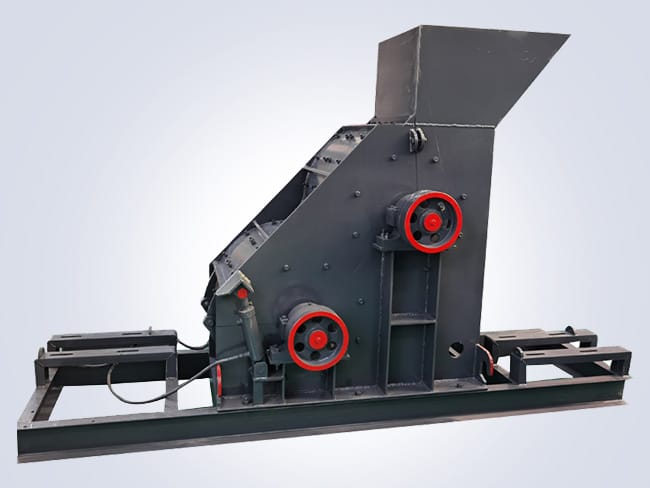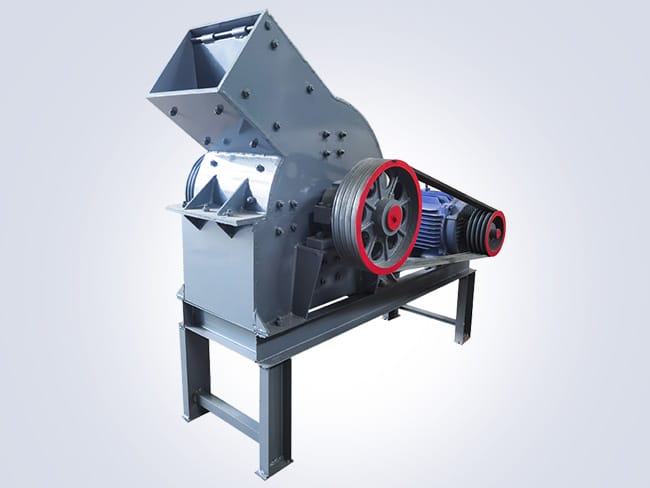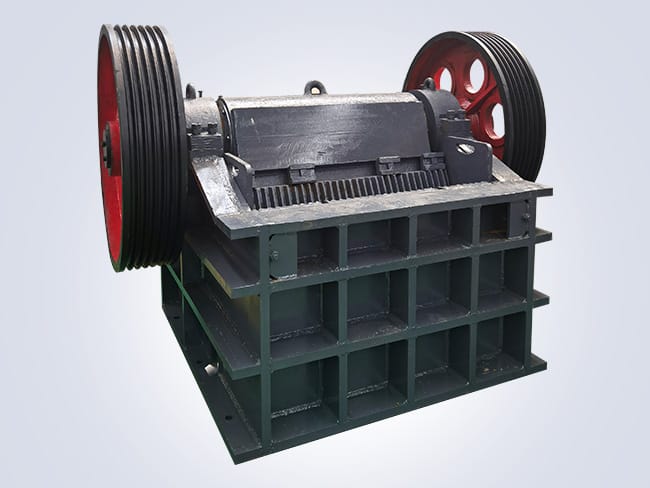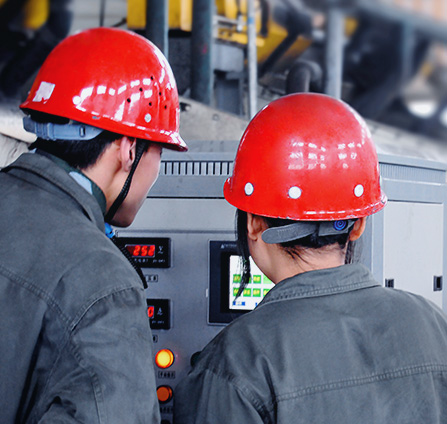
The hammer crusher, as one of the indispensable crushing equipment in mining. Building materials, chemical industries, and more, is widely used for its high efficiency and energy-saving characteristics. It is mainly used for crushing various ores and medium-hard materials. Such as limestone and gangue. Its working principle primarily involves the use of high-speed rotating hammers to generate impact forces on materials. As the material is struck, it is simultaneously thrown toward the internal impact plates inside the equipment due to centrifugal force. Further breaking down until the desired particle size is achieved.
Design Advantages of the Hammer Crusher
The design of this equipment not only focuses on production efficiency. But also fully considers operational safety and ease of maintenance. Its structure mainly consists of components such as the housing, rotor, hammers, and screen plates. Among these, the hammer is a core component that directly affects the crushing effect and production efficiency. To adapt to different working conditions, hammers are typically made from wear-resistant materials like high-manganese steel, and their shape and arrangement can be adjusted as needed.
With technological advancements, the hammer crusher has been continuously innovated and improved. For instance, hammer designs have been optimized to enhance durability, advanced control systems have been introduced to achieve automated operation, and environmental performance has been upgraded to reduce dust pollution. These improvements not only increase production efficiency but also better meet modern industry’s requirements for energy conservation and environmental protection. In the future, this equipment will continue to develop in the direction of intelligence and high efficiency, providing higher-quality solutions for related industries.









